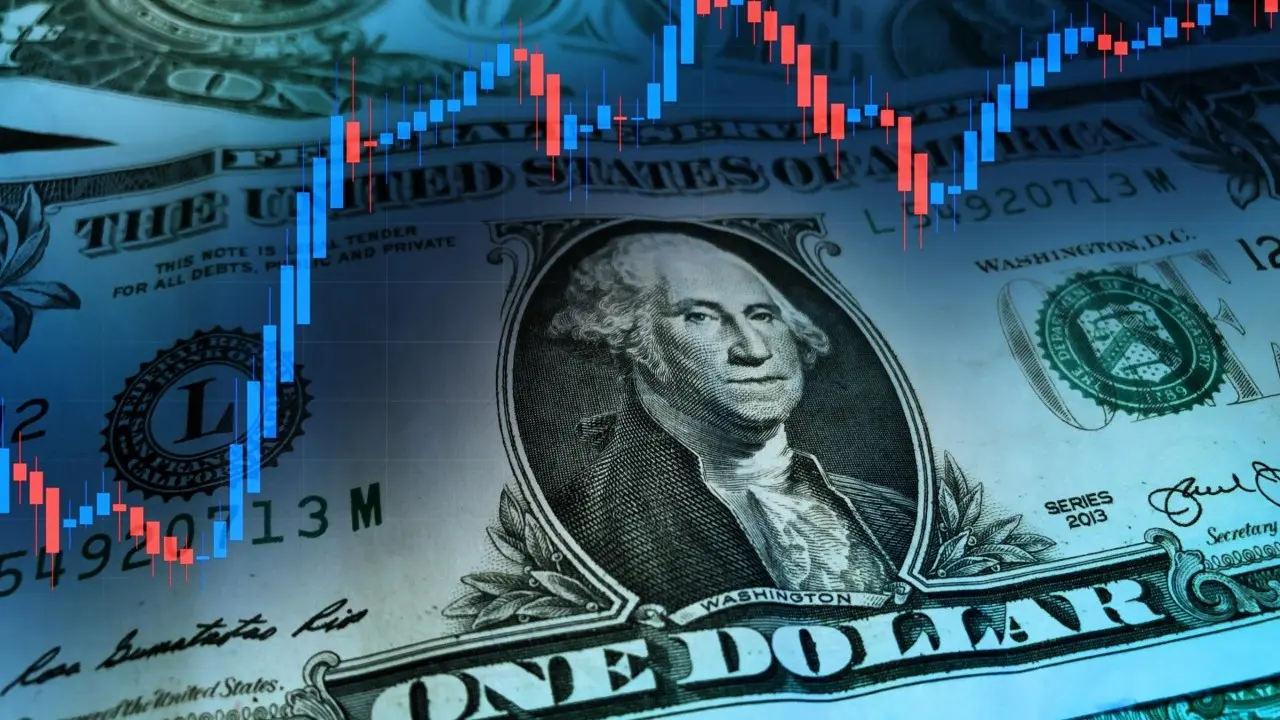FX Daily: European Doves Help The Dollar
The dollar received some support from the dovish surprises by the Swiss National Bank and to a lesser extent the Bank of England yesterday. When adding lingering EU political concerns, DXY may stay bid in the coming days. Today, the focus will be on PMIs across developed economies. The rally in the CEE region has stalled but we see more potential for gains.

USD: Stronger after EU central bank events
Central bank events in Europe gave the dollar some support yesterday. The surprise rate cut by the Swiss National Bank and a dovish hold by the Bank of England reinforced the notion that central banks in Europe are way ahead of the Federal Reserve with rate cuts, a dollar-positive development. The hawkish revision in guidance by Norway’s Norges Bank went in the other direction, but that is a central bank that is more heavily influenced by the external environment and by the Fed itself.
A further softening in inflation and/or activity data in the US is now needed to close the rate gap between the Fed and other central banks, and ultimately fuel a new dollar downtrend. The next top-tier data for markets is the PCE May release on 28 June, but some activity indicators before then can steer rate expectations to a smaller extent.
S&P Global PMIs aren’t as highly regarded as the ISM surveys in the US but have recently shown greater traction, especially for their comparability with the European figures. June PMIs are released today and are expected to ease moderately while staying well into expansionary territory (>50) in the US. The leading index and existing home sales (both for May) complete the calendar and may come in soft. Yesterday, there was a big drop in housing starts to 1277k from 1352k with building permits down heavily too. The NAHB sentiment index released earlier this week suggests home builders are becoming more pessimistic again, which suggests very subdued residential construction over the next six months.
The comparison between PMIs in Europe and the US should drive some market moves today, but we doubt there is enough to take the dollar meaningfully lower at this stage, also considering the lingering political risk in the EU. DXY may trade closer to 106.0 than 105.0 in the next few days.
EUR: Eyes on PMIs
With dovish signals from the European Central Bank’s major European counterparts (the BoE and SNB) and investors' nerves still quite jittery on EU fiscal and political developments, the euro is understandably under some pressure in the latter half of this week.
What had come to the help of the common currency in some instances recently was decent activity indicators, and PMIs are released today. It will be interesting to see whether political uncertainty in France has already taken a toll on French business sentiment at all: consensus doesn’t believe so. The eurozone-wide figures are also expected to come in slightly stronger than in May, with the composite figure seen at 52.5. We’ll also hear from two ECB members today – Gediminas Simkus and the hawk Joachim Nagel – who could move the market on comments about the current turmoil in EU bond markets.
We still think EUR/USD can trade a bit lower into the US core PCE/French election events in late June. Risks of multiple days of trading below 1.07 are tangible.
GBP: August cut more likely, EUR/GBP rebound can wait though
As discussed here, yesterday’s Bank of England statement and minutes suggested officials are getting closer to cutting interest rates. The recent upside surprises in services inflation (5.7%) are attributed to volatility related to annual price hikes, not a significant trend, and while the BoE isn’t pre-committing to anything, an August rate cut is likely if the next inflation report doesn’t contain surprises.
Three rate cuts in 2024 starting from August remain ING’s base case, which is more dovish than the two cuts priced in by the market. An August move is only 60% priced in at the moment.
This makes us lean on the bearish side of sterling, although the political events in the eurozone mean that a EUR/GBP rebound may be delayed further. We expect most of sterling’s weakness to be channelled via GBP/USD, which we expect to trade back under 1.25.
CEE: A pause in the rally but the potential remains
The end of the week in the region should be quieter with an almost empty calendar - only wage data from Hungary is due this morning. The market rally stalled in the region yesterday with a stronger US dollar. However, we still see CEE FX as cheap with good potential for Poland's zloty and Hungary's forint. The PLN story has not changed much this week and although we saw a solid rally in the first half of the week, we see room for further gains here. The rate differential spiked here last week and other fundamentals remain strong. Therefore, our short-term target remains unchanged at EUR/PLN 4.300-320.
In Hungary, the central bank confirmed the hawkish pause in the cutting cycle earlier this week and the HUF curve moved up by around 4-5bp yesterday. Our models have been pointing to levels more around EUR/HUF 391-392 for some time. On the other side is the Czech koruna, which is still losing ground thanks to the dovish comments from the Czech National Bank. We see more room for the CZK to weaken here, however, yesterday's reversal in rates could support the CZK at least for a while today. But we rather expect a move closer to 25.00, which in effect could be the end for the dovish CNB and offer one more reason to cut rates by 25bp rather than 50bp.
More By This Author:
National Bank of Hungary Review: Season finale with a cliffhangerEurozone Recovery Gets Reality Check In June
The Commodities Feed: Oil Market Shows Signs Of Tightening



